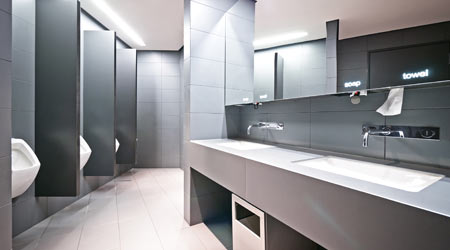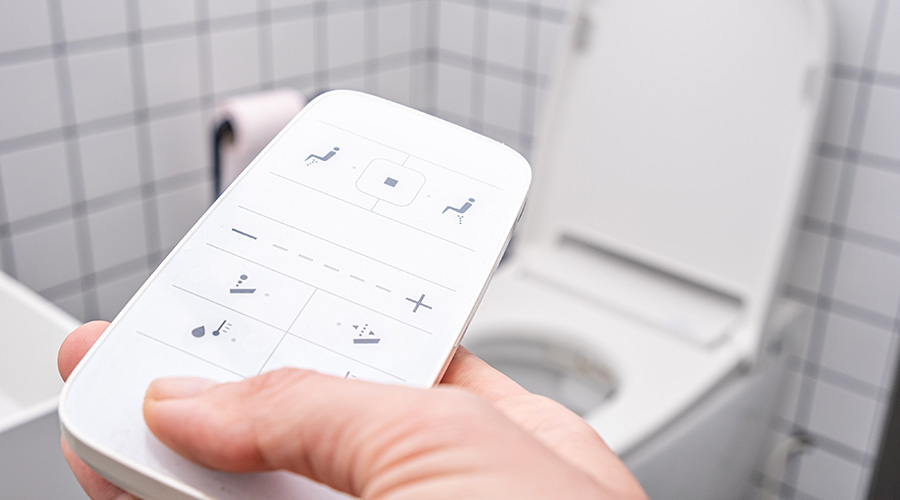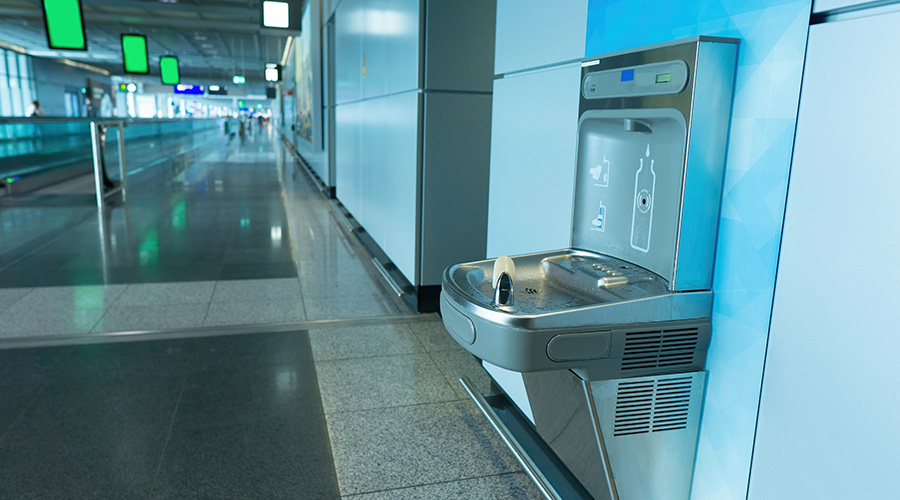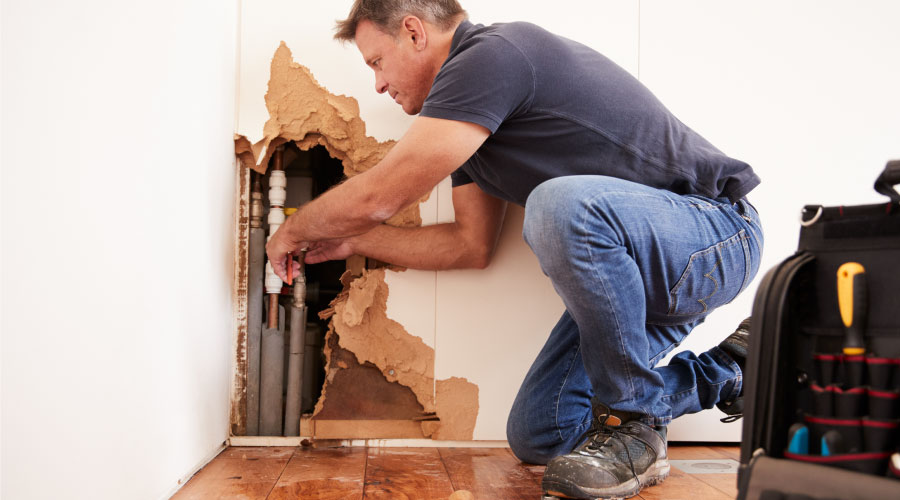Plumbing Upgrades: Focus on Health and Hygiene
Water conservation, less maintenance and improved hygiene are all popular targets of system improvements
Plumbing system upgrades that seek to improve restroom hygiene require managers to first matching any particular facility’s restroom hygiene challenges with the appropriate products. They can do this by answering some critical questions:
• What types of bacteria are present?
• At which locations are the germs concentrated? Floors? Fixtures? Dispensers? Counters? Partitions?
• How does bacteria coverage change after cleaning?
• How effective are housekeeping methods?
• Which methods work best?
• What changes in cleaning products and methods are needed?
• What improvements in supervisor and housekeeper training are needed?
Managers who want to use disinfectants to meet hygiene challenges need to know the germs that are present and their locations. These products also require that housekeepers carefully read each product’s label and discuss it with the supplier, if necessary, to ensure the product can deliver the desired protection from the specific hygiene threats.
Bringing in an outside testing laboratory or using in-house instruments can help managers uncover hygiene threats. Managers can use the test results to discover hygiene challenges and, after treatment, to see if the products and methods used were effective.
Housekeepers using chemicals to address restroom hygiene issues need to take precautions, including wearing proper personal protective equipment. Some chemicals are corrosive in their undiluted forms, so workers should not allow concentrated spills to enter the drain piping. High temperatures can cause them to vaporize and produce fumes that are harmful when inhaled, so it is important for housekeepers to understand proper use and disposal.
Housekeepers also must be aware of two important steps in the cleaning process — discussions with the manufacturer’s representative regarding product applications and a careful review of the material safety data sheet (MSDS) for each chemical used. An MSDS can contain technical terms, physician notes, and chemical names that might be unfamiliar.
Housekeepers should use disinfectants only after a knowledgeable product representative has fully explained proper handling. Proper training for all supervisors and housekeepers is essential.
A manufacturer’s representative can play a central role in the department’s training program by providing training materials, videos, and demonstrations of good cleaning methods, as well as by interpreting the MSDS and other technical information about their products.
Touchless flush-valve conversions to prevent users’ contact with a fixtures can be made simply by switching the flusher without replacing the entire valve if the flow rate of the old valve meets low-flow objectives. Otherwise, if the fixture predates the 1997 introduction of commercial low-flow technology, it might be more cost-effective to replace the entire valve and gain the advantages of improved hygiene and water savings.
Thomas A. Westerkamp is a maintenance and engineering management consultant and president of the work management division of Westerkamp Group LLC.
Related Topics:














